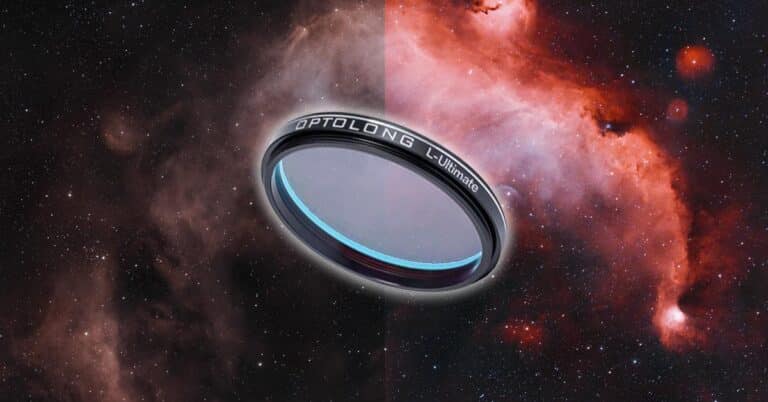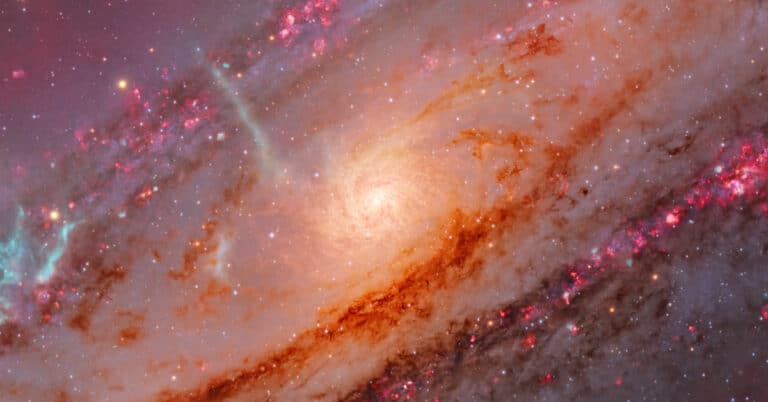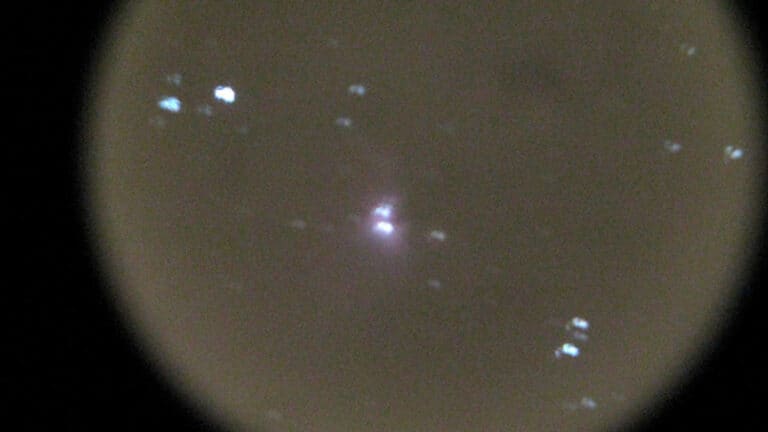Astrophotographer Spends 4 Years Creating Deep-Sky Object Size Comparison Chart

Have you ever wondered how big a certain nebula or galaxy is compared to another object? To help visualize this, Reddit user Nicolas Large has created this incredible deep-sky object size comparison chart using actual images he has taken through his telescope.
Titled ‘A Very Rich Night Sky‘, the photographer managed to include a whopping 23 deep-sky objects in the comparison chart. From the glowing Pleiades to the comparatively small Whirlpool Galaxy, this deep-sky object comparison chart is an eye-opener.
An incredible cosmic scale comparison chart like this can only be completed if the focal length and image scale of your system are unchanged. Nicolas used the exact same camera and telescope system for each object over the course of 4 years.
The moon provides a handy size reference, along with a bar showing the distance 0.5 degrees takes up in the night sky. In my 14 years in this hobby, I have never seen such a wonderful deep-sky object size comparison chart.
[Chart] Apparent Size Comparison – Deep Sky Objects | part 1
byu/Nicolarge inastrophotography
The graphic includes some of the most well-known galaxies and nebulae in the night sky, including the Orion Nebula and the Andromeda Galaxy. What really stood out to me, was the massive size of the California Nebula when shown next to all of the other large deep-sky objects.
Not only did Nicolas spend 4 years capturing deep-sky objects to create the chart, but he also provided the exact image processing steps and astrophotography equipment used to produce each image. He lists the following telescope equipment for the image.
Astrophotography Equipment Used
The best part about this poster is that Nick used everyday, amateur astrophotography equipment to produce it. Each deep-sky object was captured using a DSLR camera and a small refractor riding on a star-tracker equatorial mount.
It is proof that you can achieve amazing results using affordable gear with the right approach. I have a special place in my heart for this particular setup, as it is eerily similar to the kit I used to propel my own astrophotography progress many years ago.
- Mount: iOptron SkyGuider Pro
- Camera: Nikon D5300 astromod
- Telescope: William Optics Zenithstar 61II + Field Flattener FLAT61A
- Focal Length/Aperture: 360 mm @ f/5.9
- Guide Scope: William Optics Uniguide 32mm
- Guide Camera: ZWO ASI120MM mini + ASIAIR Pro
Astrophotographer Nicolas Large and the equipment used to create the image.
Image Processing Steps
While the equipment used may be considered beginner-level, Nick’s image-processing skills are a little more advanced. He used some modern tools (including BlurXTerminator) to get the absolute most out of his image-processing sessions.
This workflow provides a handy point of reference for anyone looking to produce images of this quality. I have made a few notes myself!
- Dynamic Background Extraction (DBE)
- Spectrophotometric Color Calibration (SPCC)
- Deconvolution (BXT)
- Noise Reduction (NXT)
- Star Removal (STX)
- Generalized Hyperbolic Stretch (GHS) & Curves on Stars and Starless images
- Star and Starless Recombination
- Slight Color Saturation
Nick blended all of the images to create the poster using GIMP. For a full-size version of the comparison chart, click on the image below. You can also follow Nicolas’ AstroBin profile to keep up with his latest projects.
Click on the image for the glorious full-size version. Nicolas Large.
If you have ever taken on a deep-sky astrophotography project yourself, you’ll know just how much work went into this image. Each target required many hours of worth of capturing and editing.
I am certain this graphic will be shared and enjoyed in the astrophotography community for years to come. Well done, Nick!
Trevor Jones








Stunning! Our Astro community never ceases to amaze me. What a great project! Thanks for bringing this to our attention Trevor!
I agree, Brian! It’s a fantastic new reference image I will refer to often 🙂
Wow
Nice field work and great image processing